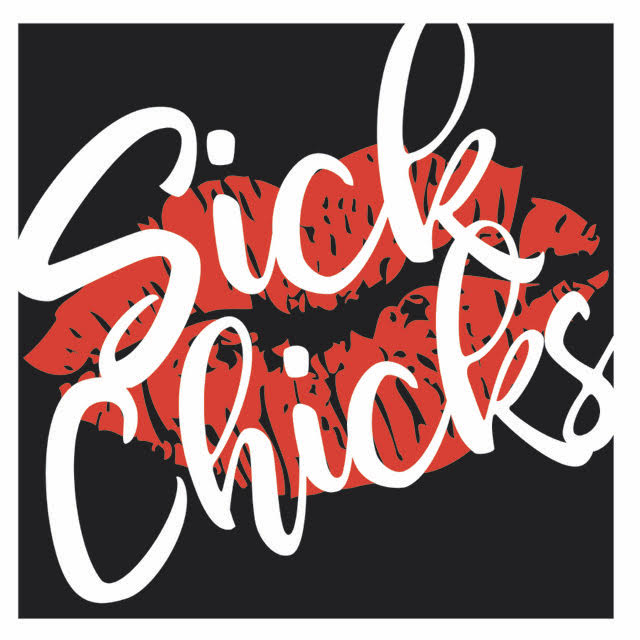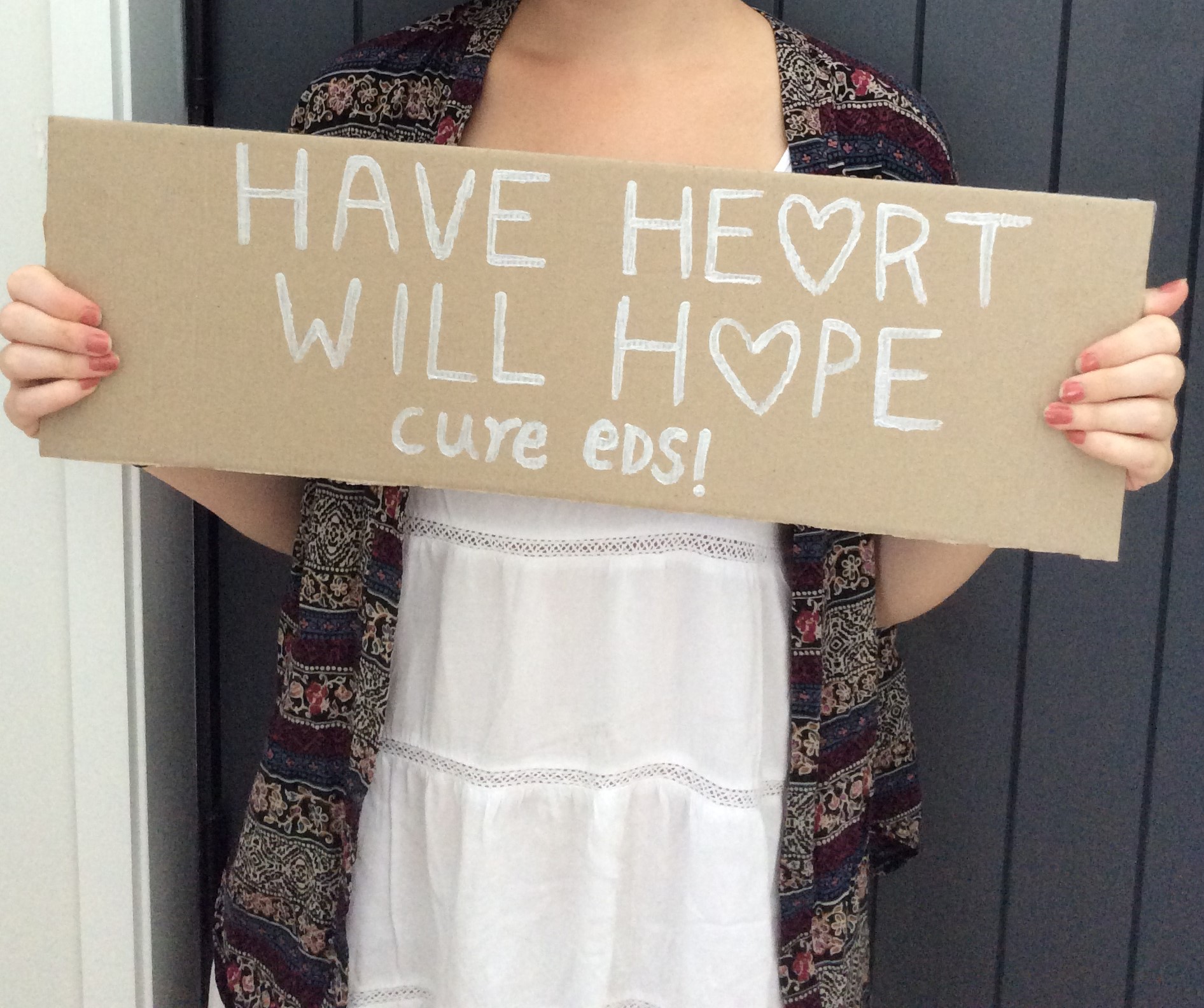I am twenty-one years old. I am a college graduate, I eat my vegetables, do my physio, and love animals. I am kind, funny, and compassionate. I am just like any other twenty-something with goals, dreams, hopes, and fears. Except, as anybody diagnosed with a serious and lifechanging illness understands, we are nothing like the average person in our age range.
I am only in my third decade of life with the crumbly joints of an elderly person. I have learnt how to self-relocate joints, how to wrap myself tight enough to hold my body together, how not to cry until I’m in the car after every awful appointment. It isn’t uncommon for me to get stuck in the bathtub, or to accidentally cut myself with the most mundane objects (seriously, the bristle end of a toothbrush?), and I have a nasty habit of fainting and concussing myself. With all my years on this planet, and these experiences, I thought I understood fear.
Exactly two months ago was the day when everything really started going downhill. Most of November 8th is a blur for my family and I. The visit to the hospital started off well, having my poor, broken body prodded, and manipulated into positions only faulty connective tissue can manufacture. My Beighton scale and Brighton criteria were positive, my doctor’s jaw dropped when she watched me dislocate my shoulder with zero pressure involved. As the testing continued, we began to relax – breathing became a little easier as we had realised that we were FINALLY being taken seriously. Unfortunately, the experience didn’t stay this positive. We were instructed to take a seat, so we could discuss the doctor’s ideas and opinions surrounding the question of me having Ehlers-Danlos.
The word just fell out of her mouth, no empathy or feeling involved, as she stared at me. Vascular. . Forty-eight. Forty-eight is the average lifespan for a Vascular Ehlers-Danlos Syndrome (EDS) patient. That’s 27 years left, if I follow behavioural trends in the same way I do in other areas of my life. Sure, I was hypermobile, but I also showed signs of significant vascular involvement. I couldn’t speak, or think. Hell, at this point, I could barely contain the contents of my stomach (slow digestion problems, anyone?). After years of extensive research into the possible causes of my failing body, we had never considered vascular issues. The more I thought about it, the more features of Vascular EDS I could see in my mother. My best-friend, my hero, and my biggest advocate. It’s a whole other world of pain when you can recognise aspects of a deadly disease in someone you adore and would do anything to protect.
Luckily, it has been two months of healing. During this period, we both have undertaken more research than I thought possible. We have cried, dealt with grief and anger. But most of all, we have clung to each other, offering support in a way nobody else could provide. Being diagnosed with such a taxing condition is life altering, your world is turned upside down with a single sentence.
If you’re going through the diagnostic process, for any illness, I want you to know you’re allowed to cope with your new reality in any way that is healthy for you. You get to be a little bit selfish, and you’re allowed to take as much time as you need to process what’s happening. You’re allowed to cry as much as you need to, but you’re not allowed to give up. Take it one day at a time, and just keep breathing, even if you feel like you can’t anymore. Better days are on the horizon, even if the improvement comes from your mentality towards your new label rather than physical improvements. Realistically, it won’t get easier straight away, but I promise it does start to hurt a little less over time. I found that the more we understood what was going on, and the more prepared we were, the easier it became! Chronic illness warriors are the bravest people I’ve had the privilege of meeting, be it in real life or through the interwebs. I have zero doubt that you can do it.
To my vascular babes especially, my inbox is ALWAYS open for anything you need. I know how terrifying and lonely it is, when all the information about EDS focusses on types 1-3. Vascular Ehlers-Danlos is chronically underrepresented, but together we’re going to change this! We are the pioneers of better medical treatments, we are the patients that will improve quality of life for the patients of the future, and together we can change the way EDS is represented and diagnosed. Personally, I view this as the biggest blessing of all. Not every person has the capacity to cope with hardships like we do, we are warriors.
The Spotlight Post was written by Alice, a post-graduate linguistics student from New Zealand fighting Ehlers-Danlos syndrome, collecting comorbidities since 2010. Follow her and Contact through Instagram: @vascular.vibes

